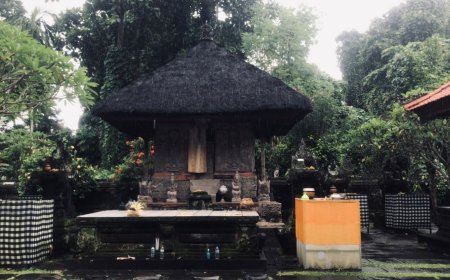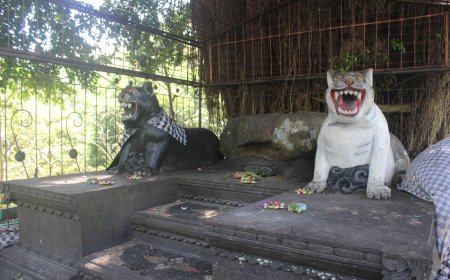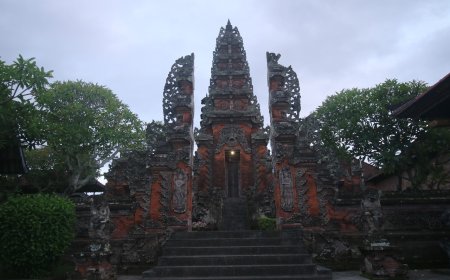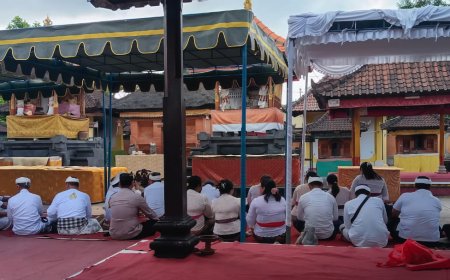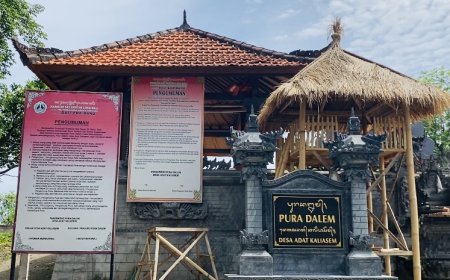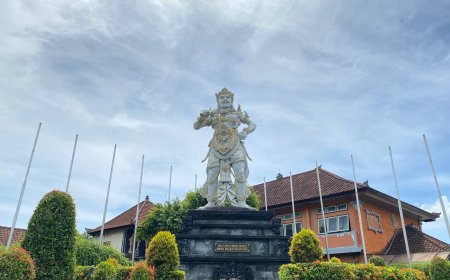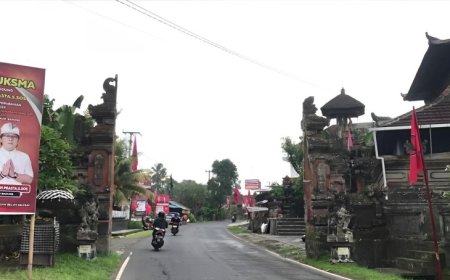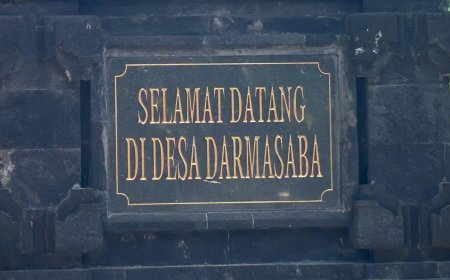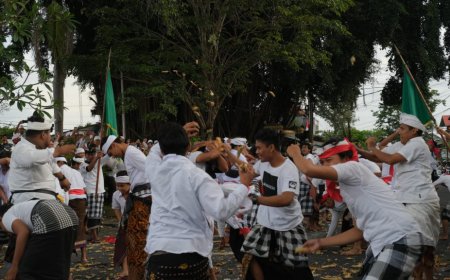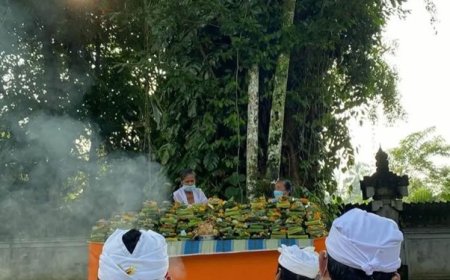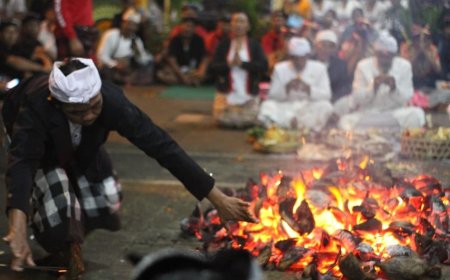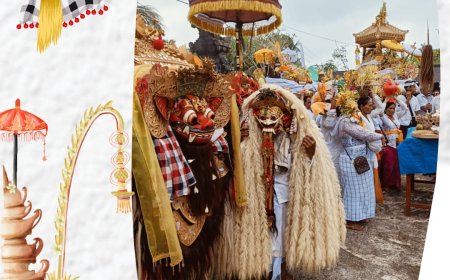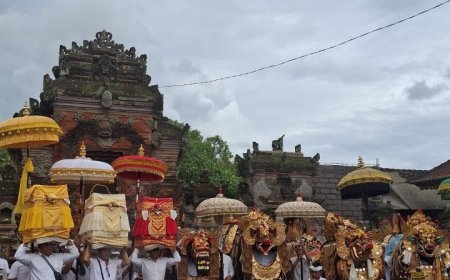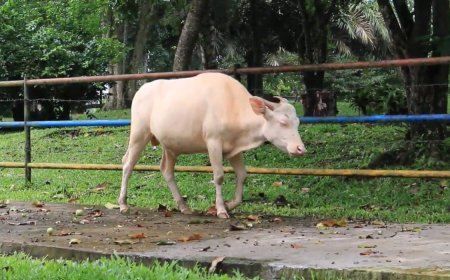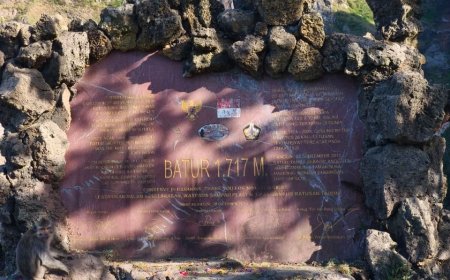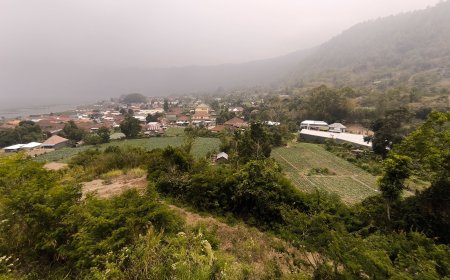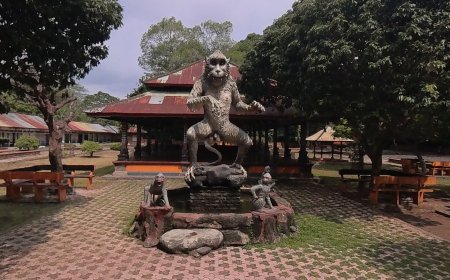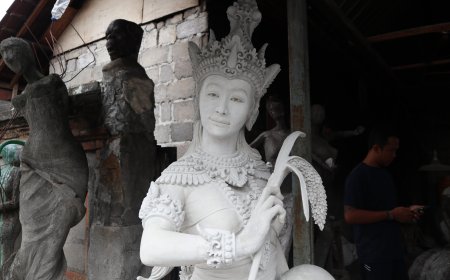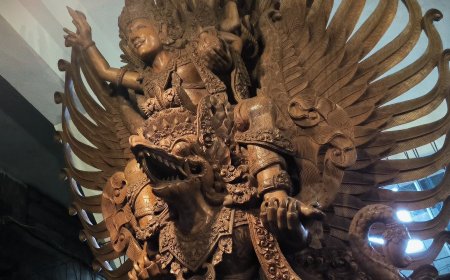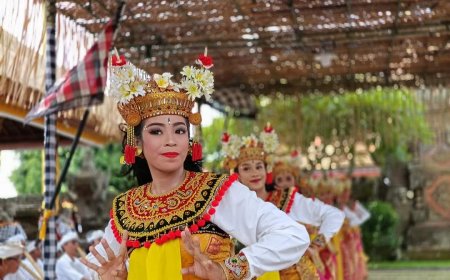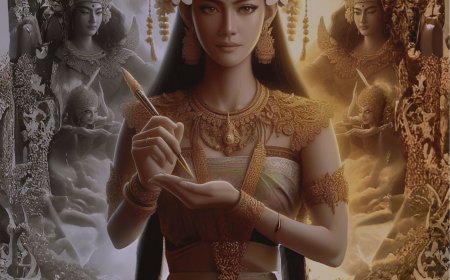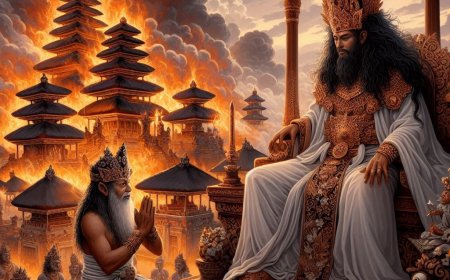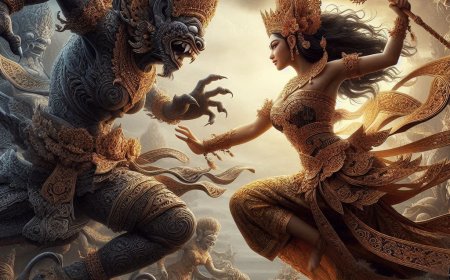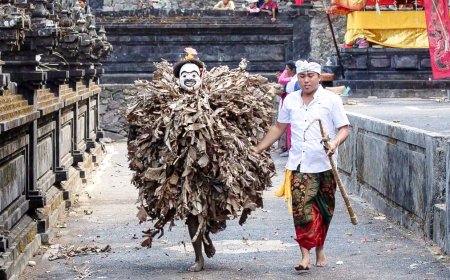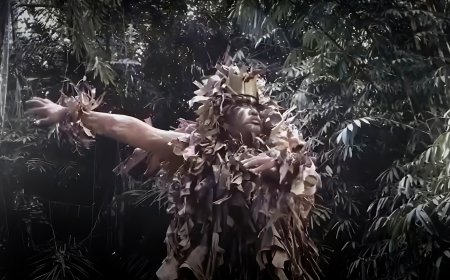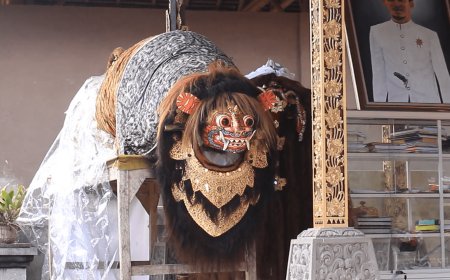Galungan: The Sacred Victory of Light over Darkness, When the Gods and Ancestors Descend to Earth
Galungan is a celebration that goes beyond a mere ritual, serving as a spiritual call to reflect on the inner victory between light and darkness. As the gods and ancestors descend to the world, humanity is reminded to shed the adharma within and live the values of Dharma in everyday life. This article invites you to explore the philosophical meaning, rituals, and spiritual impact of Galungan as a path to true spiritual awakening.
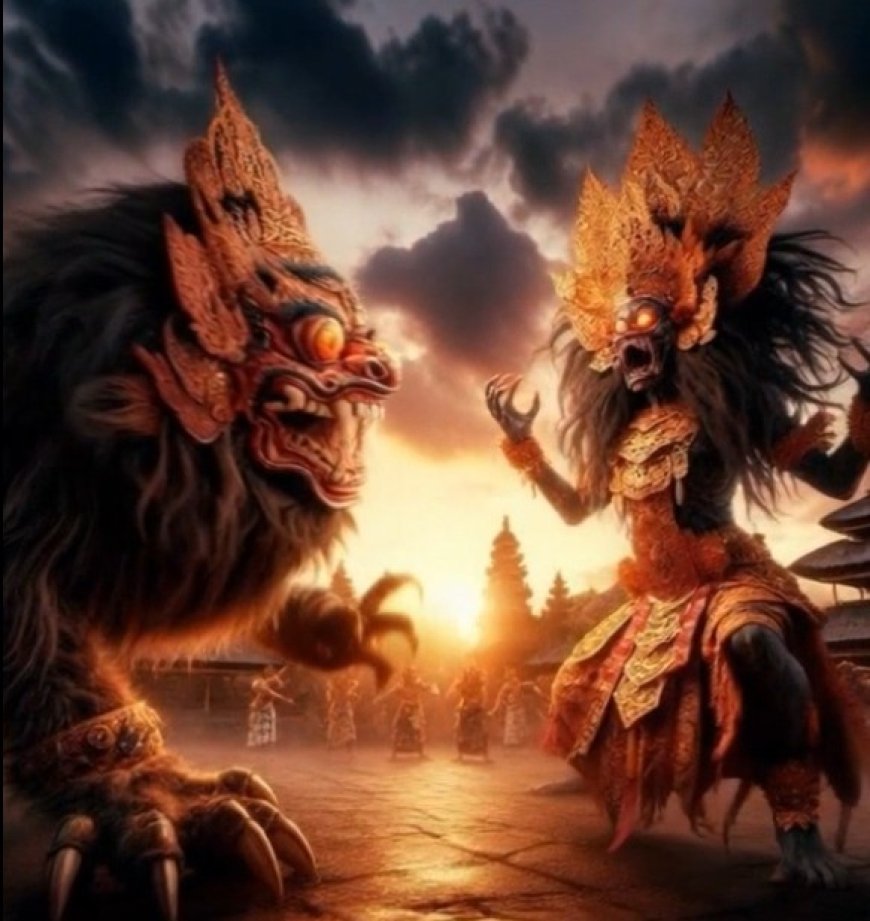
In the spiritual life of the Balinese people, the Galungan Festival is not merely a recurring celebration every 210 days; it is a sacred moment filled with profound philosophical meaning. Galungan symbolizes the victory of Dharma (truth, light, consciousness) over Adharma (falsehood, darkness, ignorance). However, more than that, Galungan is a sacred space where humans, nature, and the unseen world touch in cosmic harmony. This meaning is deeply ingrained in sacred texts such as the Lontar Sundarigama and the teachings of Tattwa Hindu Bali.
The Eternal Battle Within
In the ancient texts of Bali, Dharma and Adharma are not only cosmic forces battling in the external world—they are two opposing sides engaged in a constant war within the human heart. Every decision, every thought, becomes a battleground between light and darkness, purity and selfishness.
In the Lontar Sundarigama, Galungan is described as the time when "Ida Sang Hyang Widhi Wasa honors His devotees who have managed to defeat the Bhutakala within themselves." Bhutakala here is not merely an external evil spirit but symbolizes the passions of anger and greed, known in Tattwa teachings as Rajoguna and Tamoguna—the forces of darkness and desire.
Bhutakala Tiga Galungan, often referred to as Sang Kala Tiga, consists of Sang Bhuta Amangkurat, Sang Bhuta Dungulan, and Sang Bhuta Galungan. These represent the forces of adharma that constantly try to tempt humans from within.
Galungan serves as a reminder that true victory is not about conquering the external world, but conquering oneself. The victory on Galungan is the triumph over doubt, lust, arrogance, and all forms of adharma that obscure our awareness of light.
Galungan Is Not Just a Tradition
The series of rituals leading up to Galungan, such as Sugian, Penyekeban, Penyajahan, and culminating on the day of Galungan itself, are not mere routines. Each day carries a philosophical meaning: cleansing the body and soul, purifying the environment, and preparing to receive divine energies.
- Penyekeban: Resisting desires.
- Penampahan: Sacrificing the animalistic traits within.
- Galungan: Spiritual resurrection.
- Umanis Galungan: Reflection and calm after victory.
- Kuningan: The return of the ancestors to the sacred realm, bringing blessings.
These ceremonies are symbolic ways to harmonize Bhuwana Alit (the microcosm of the human self) with Bhuwana Agung (the macrocosm of the universe). In this harmony, the path to the victory of Dharma is illuminated.

When the Gods and Ancestors Descend to Earth
During the sacred silence of Galungan, it is believed that the Gods and ancestral spirits descend to the world to visit their living descendants. Galungan becomes a holy time when ancestral spirits return to the earthly realm to receive offerings and prayers from their descendants. This is not merely a belief, but part of a spiritual awareness that human life is a continuation of the karma and dharma of their ancestors. They are not present just as spiritual guests but as witnesses to the victory of Dharma within humans. Their presence is welcomed with offerings, the fragrant aroma of incense, and pure hearts.
This is the time when the physical world and the unseen world meet; when humans not only offer prayers but are also reminded to become light—for themselves, for others, and for the universe. Galungan is not just about victory, but also about the sacred reunion between the material world and our spiritual origin.
The Penjor, which stands majestically during Galungan, is a symbol of Gunung Agung, the dwelling place of the Gods and Pitara (ancestors). Its curve represents the Naga Basuki, a symbol of fertility and protection of the natural world. The Penjor is not just a decoration but a prayer of the Balinese people manifested in form.
Galungan as a Cosmic Teaching
On a macrocosmic scale, Galungan is the moment when the universe vibrates in the rhythm of Dharma. Galungan falls on Buda Kliwon Dungulan, the day when the spiritual forces of the heavens open, and access to the supernatural dimension becomes closer. Therefore, Hindus are encouraged to:
- Perform rituals with sincerity, not as mere routines.
- Reflect and introspect deeply.
- Maintain the purity of thoughts, speech, and actions.
Becoming Light Itself
Galungan teaches that every human being has the potential to radiate the light of Dharma. Not only in rituals, but also in daily actions: in honesty, patience, compassion, and sincerity. When humans live by these values, they do not merely celebrate Galungan—they embody it.
Galungan is not just about the ritual repeated every 210 days. It is an eternal reminder that every person has an inner battlefield that must be won. True victory does not come when the enemy is defeated, but when the self becomes light, when the darkness in the heart is replaced by the radiance of virtue.
Galungan is the universe’s invitation for spiritual awakening.
